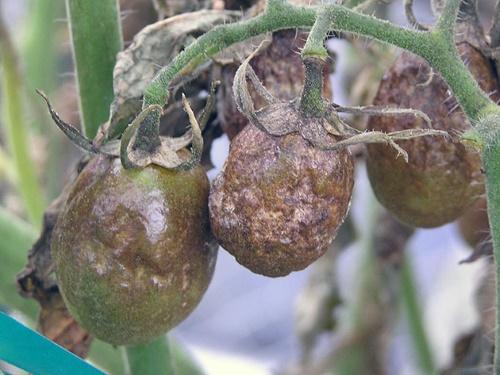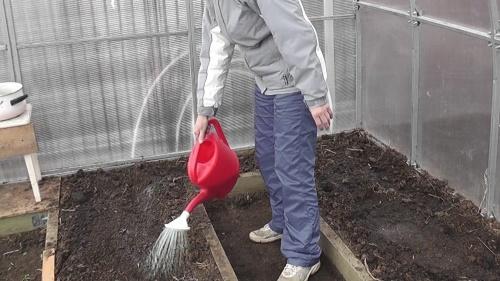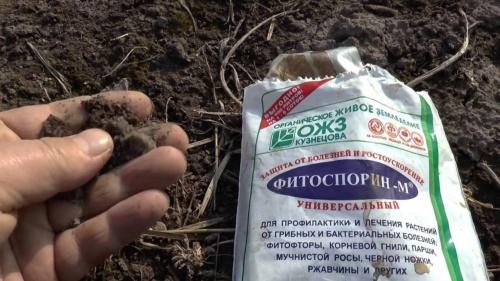Cultivation of the land from late blight: effective means for the prevention and destruction of fungus
 Late blight is one of the most dangerous diseases, which is very difficult to cure if it has already appeared on plants. Cultivation of the land from late blight is a must, be it open ground or a greenhouse. The fungus overwinters well in the soil, as well as in plant debris. A rainy spring only contributes to its rapid spread. At a temperature of only a couple of degrees of heat, the pathogen begins to actively develop. Phytophthora can completely deprive you of your harvest, so it is better to carry out prevention. It can be done using folk remedies or special preparations.
Late blight is one of the most dangerous diseases, which is very difficult to cure if it has already appeared on plants. Cultivation of the land from late blight is a must, be it open ground or a greenhouse. The fungus overwinters well in the soil, as well as in plant debris. A rainy spring only contributes to its rapid spread. At a temperature of only a couple of degrees of heat, the pathogen begins to actively develop. Phytophthora can completely deprive you of your harvest, so it is better to carry out prevention. It can be done using folk remedies or special preparations.
After harvesting, it is imperative to harvest and burn the tops, which can serve as a source of infection. In regions with cold winters, where the soil layer in which crops grow freezes, spores most often die. But if the winter is warm, the fungus hibernates well and survives. In any case, it is better to carry out preventive soil treatment than to unsuccessfully fight the disease on the plants.
Cultivation of the land from late blight with folk methods and means

- Very hot water with the addition of potassium permanganate.
- Whey with the addition of iodine (3 drops of iodine and a bucket of whey per bucket of water).
- Coniferous broth (half a bucket of needles - half a bucket of water, simmer for 20 minutes).
- Ash infusion.
In early May, when it is already warm outside, you can steam the soil by spilling it with hot water and covering it with a film. And immediately before planting, spill the wells themselves with 0.5 liters of fermented kefir solution (1 liter of kefir per bucket of water).
They are good at destroying fungal spores and some green manure plants. After harvesting, you can sow the area with oil radish, and in the spring with phacelia or white mustard.
Preparations against late blight
 Folk remedies, such as spilling soil, are more aimed at preventing disease. If late blight has already settled in your garden, you should give preference to special drugs.
Folk remedies, such as spilling soil, are more aimed at preventing disease. If late blight has already settled in your garden, you should give preference to special drugs.
Less harmful substances accumulate in the soil if biological products are used. In addition, most of them also help plants by increasing their immunity. Of biological fungicides against late blight, the soil is treated with the following means:
- Trichodermin;
- Baktofit;
- Alirin B;
- Baikal EM-5;
- Fitosporin.
In case of massive contamination of the area, it is more expedient to turn to "heavy artillery" - chemical preparations. Among them, the most effective against late blight are: Quadris, Bordeaux liquid, copper sulfate, Oxyhom.